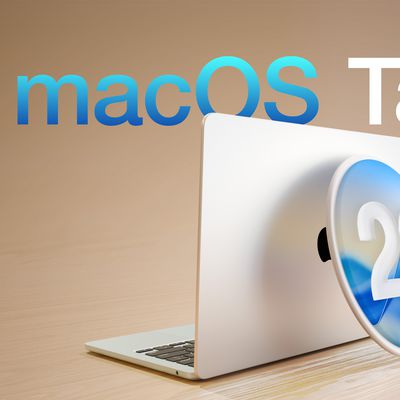The Buyer's Guide has a been an important part of MacRumors for many years now.
The basic reason why the Buyer's Guide exists is to prevent someone from buying at the wrong time of the upgrade cycle. Apple updates their products in a very consistent manner. A Mac comes out at a certain price with certain features. The price and features of that particular Mac stay exactly the same throughout the lifespan of the product. So, if a customer buys on Day #1, they are getting the fastest/newest technology for the dollar. The problem, however, is that 8 months later, on the day prior to its refresh, that Mac costs the exact same money, but contains 8 month old technology.
Before the move to Intel this trend could be even more striking, as the PowerPC updates were especially secretive and we had no roadmap for future PowerPC processors. Instead, one day Apple would announce "new Macs," and anyone who just bought a Mac would curse their luck. Of course, the Buyer's Guide combined with the most recent rumors helped prevent that.
Since the move to Intel, however, the dynamics have changed a bit. First, we know what's coming 1-2 years in advance. Intel is very open about their plans, and we know that Apple will use their newest processors within a reasonable timeframe. Second, we've even heard rumors that Apple has even been forced to update their Macs ahead of what might be considered the "natural" refresh cycle in order to keep up with Intel's aggressive pace. These changes have caused some interesting side effects.Minor Updates, Buy Old Models?
The release of the newest MacBooks and MacBook Pros in February brought only minor changes to Apple's notebooks. The move to Penryn-based processors offered slight battery-life improvements, but little in speed gains.
In fact, the MacBook upgrade came as a bit of surprise since it had just been updated 3 months earlier. Rumors suggested that this unexpected update was due to Intel's aggressive phase-out of the previous generation Merom processors. But what this meant is that it was suddenly not very compelling to get the latest MacBook. Many readers may have been swayed by discounts on the previous generation MacBooks or MacBook Pros that had similar performance, but with a substantial "closeout" discount.
As we await the Penryn revisions for the iMac, readers should be aware that Penryn's reduced power consumption will not be particularly beneficial to desktop computers. Unless Apple adds other compelling features to the next iMac revision, readers may want to pause a moment before reflexively ordering the newest Mac.
Major Updates Ahead, To Wait Or Not?
For the first time since Apple has adopted Intel processors, we are approaching a major jump forward in processor technology with Nehalem processors. Nehalem represents an overhaul of Intel's processor technology. Arstechnica provides a technical overview of the upcoming processor, but the bottom line is it offers major improvements to several existing bottlenecks.
Nehalem, however, won't be ready for use in a Mac until early 2009. As a result, we can't recommend delaying all upgrades until then, but for those with more flexible upgrade plans, it may be worth the wait.
Meanwhile, potential buyers will be tempted mid-year with updates to the Penryn processors that will accompany the Montevina launch. These incremental increases in Processor and Front Side Bus speeds could also accompany major design changes to Apple's notebooks.
























